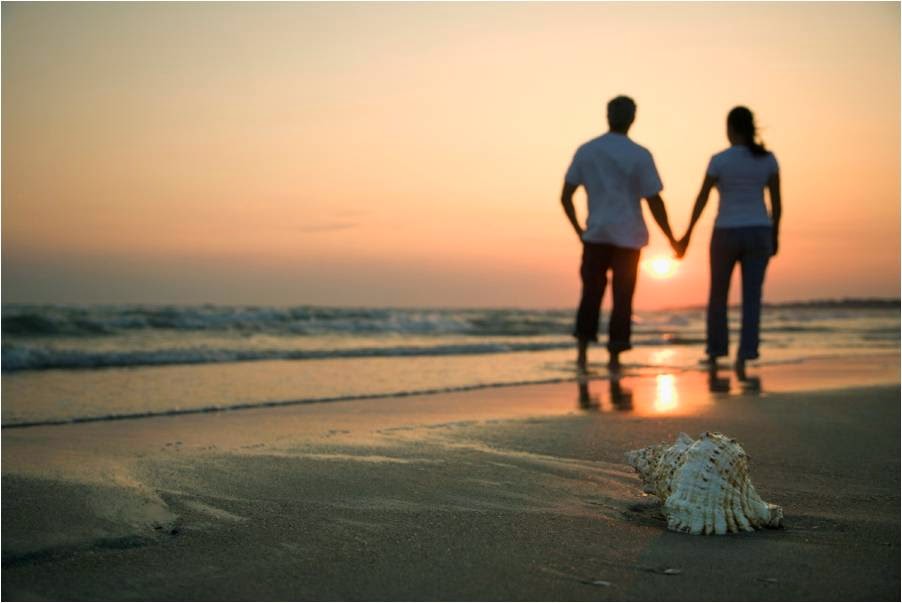Any trip to Darjeeling can not be considered complete without visiting it's tea estates, for which the place is renowned all over the world. The heritage toy trains are also a major tourist attraction of Darjeeling. The scenery, that unfolds before your eyes, while taking a ride in the toy train, can be a surreal experience. During my trip, i had the opportunity to explore these two famous T's of Darjeeling, i.e. Tea Estates and Toy Train.
Tea Estates
As we all know, Darjeeling is one of the largest producer of premium tea in the world and the place reaches to all Indian homes through the rich aroma of tea produced here. While having Darjeeling tea sitting at your home may be a stimulating experience, a stroll through the tea gardens and interaction with tea workers may also be a memorable one.
As we all know, Darjeeling is one of the largest producer of premium tea in the world and the place reaches to all Indian homes through the rich aroma of tea produced here. While having Darjeeling tea sitting at your home may be a stimulating experience, a stroll through the tea gardens and interaction with tea workers may also be a memorable one.
 |
| Tea Garden at Mirik, Darjeeling |
There are many tea estates in Darjeeling area and some of them were established in the post-independence era by our colonial cousins. In fact the tea plantation was introduced in this area by the Britishers only. One can visit these gardens after taking permission from the manager of estate. Some tea estates in Darjeeling area also offer vacation packages to tourists to experience life in the gardens along with stays in heritage bungalows, plus musical and cultural activities that are rarely found anywhere else in the world.
Some of the most renowned tea estates are : Makaibari, Glenberg, Happy Valley, Singtom and Gomtee.
Toy Trains
Apart from the tea gardens, Darjeeling has one more major tourist attraction, which finds it's place in the wishlist of each tourist travelling to the hill station, i.e. the toy trains of Darjeeling Himalayan Railway (DHR). It has been accorded UNESCO World Heritage status due to engineering acumen and creative skills employed in it's construction, making it the 2nd Railway in the world to receive such status. The toy trains are also the legacy of the British rule. Operating on narrow gauge tracks since 1880s, these steam engine toy trains offer unique ride through breath-taking landscapes, picturesque mountains, villages and shops on the way with children waving at you.
Though DHR operates toy trains between New Jalpaiguri and Darjeeling covering total distance of around 80 kms, the most preferred section by the tourists is Ghum (the highest railway station of Asia) to Darjeeling, a 7 km long track. The train moves along the hilly terrain with snail's pace, taking around 2 hours to complete 14 km journey from Ghum to Darjeeling and back. The train operates 04 times a day between Ghum & Darjeeling. One advice for travelers wishing to board these joyride trains - Please book your tickets in advance, as you may not get it over the counter due to heavy rush of tourists. Online Ticket booking may be made through the website of IRCTC.
Tourists, while reaching Darjeeling city by road, can see the toy train running parallel to the Hill kart road and climbing up to the famous Batasia loop.
It stops here for 10 minutes giving the tourists opportunity to capture the magnificent views of Darjeeling town and snow caped ranges of Mt. Kanchandzonga. Batasia loop has itself been developed as a tourist place with manicured garden and a war memorial at the centre.
The place has been picturized in many Hindi and Bangla movies and the most notable of them is the song "Mere Sapno Ki Rani" from the movie Aaradhana picturized on the superstar Rajesh Khanna, Sharmila Tagore and Sujeet Kumar. You can compare the Batasia loop of 1969 (the year, Aaaradhana released) and now. I will leave you with the melodious and evergreen tune of the legendary music composer S D Burman. Enjoy!
Some of the most renowned tea estates are : Makaibari, Glenberg, Happy Valley, Singtom and Gomtee.
Toy Trains
Apart from the tea gardens, Darjeeling has one more major tourist attraction, which finds it's place in the wishlist of each tourist travelling to the hill station, i.e. the toy trains of Darjeeling Himalayan Railway (DHR). It has been accorded UNESCO World Heritage status due to engineering acumen and creative skills employed in it's construction, making it the 2nd Railway in the world to receive such status. The toy trains are also the legacy of the British rule. Operating on narrow gauge tracks since 1880s, these steam engine toy trains offer unique ride through breath-taking landscapes, picturesque mountains, villages and shops on the way with children waving at you.
Though DHR operates toy trains between New Jalpaiguri and Darjeeling covering total distance of around 80 kms, the most preferred section by the tourists is Ghum (the highest railway station of Asia) to Darjeeling, a 7 km long track. The train moves along the hilly terrain with snail's pace, taking around 2 hours to complete 14 km journey from Ghum to Darjeeling and back. The train operates 04 times a day between Ghum & Darjeeling. One advice for travelers wishing to board these joyride trains - Please book your tickets in advance, as you may not get it over the counter due to heavy rush of tourists. Online Ticket booking may be made through the website of IRCTC.
Tourists, while reaching Darjeeling city by road, can see the toy train running parallel to the Hill kart road and climbing up to the famous Batasia loop.
It stops here for 10 minutes giving the tourists opportunity to capture the magnificent views of Darjeeling town and snow caped ranges of Mt. Kanchandzonga. Batasia loop has itself been developed as a tourist place with manicured garden and a war memorial at the centre.
| Toy Train near Batasia Loop |
| View of Mt. Kanchandzonga from Batasia Loop |
| Joyride Train |
| View of Darjeeling Town from Batasia Loop |
| War Memorial built in the honor of Gorkha Soldiers |

































